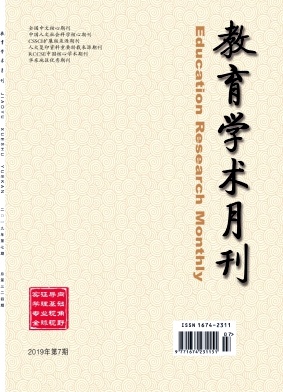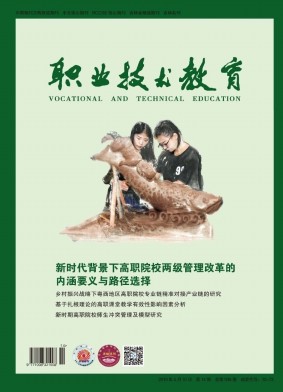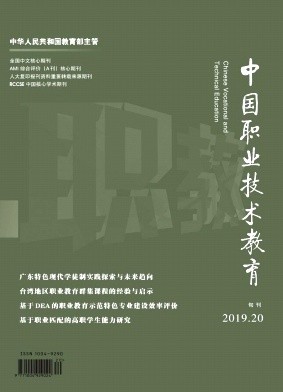摘要 目的评估甘肃省不同类型生态区居民生活饮用水碘水平,为因地制宜防治碘缺乏病提供依据。方法2017年5-7月,根据不同的地形、地貌及气候条件,将甘肃省划分为荒漠区、河西走廊戈壁区、黄土高原丘陵区、秦岭中山峡谷区、甘南高原草原草甸区、黄土高原沟壑区6个生态区,每个生态区按东、西、南、北、中5个方位各选择1个县,每个县以乡镇为单位采集居民生活饮用水水样,采用砷铈催化分光光度法进行水碘含量测定。结果共在6个生态区的527个乡镇采集水样4037份,水碘范围为0.10~97.60μg/L,中位数为2.10μg/L;其中,6个生态区的水碘中位数均<40μg/L,不同生态区间比较差异有统计学意义(H=1007.440,P<0.01);统一集中、部分集中和分散供水水样分别为157、2263、1617份,水碘中位数分别为1.61、2.42、1.83μg/L,不同供水方式间比较差异有统计学意义(H=37.164,P<0.01)。按供水方式分层,同一供水方式不同生态区间水碘比较差异均有统计学意义(H=32.628、580.630、391.070,P均<0.01);按生态区类型分层,荒漠区、河西走廊戈壁区、秦岭中山峡谷区、甘南高原草原草甸区不同供水方式间水碘比较差异均有统计学意义(Z=-2.770,H=6.369、9.936、12.666,P均<0.05)。结论甘肃省6个生态区均为碘缺乏地区;不同类型生态区及不同供水方式间水碘含量分布均有所不同。应定期开展水碘含量和供水设施运转状态调查,因地制宜,及时调整碘缺乏病防治措施。 Objective To evaluate the iodine level of drinking water in different ecological regions in Gansu Province,and to provide a basis for preventing iodine deficiency disorders in accordance with local conditions.Methods In May to July 2017,according to different topography,landforms and climatic conditions,Gansu Province was divided into six ecological regions:desert area,Hexi Corridor gobi area,Loess Plateau hilly area,Qinling Zhongshan gorge area,Gannan Plateau grassland and meadow area,and Loess Plateau gully area.One county was selected from each of the five districts in the east,west,south,north,and central areas in each ecological regions.Drinking water samples were collected in each county based on the township,and the water iodine content was determined by arsenic-cerium catalytic spectrophotometry.Results A total of 4037 water samples were collected in 527 townships of six ecological regions,the water iodine range was 0.10-97.60μg/L,with a median of 2.10μg/L.Among them,the medians water iodine of the six ecological regions were less than 40μg/L,the difference between different ecological regions was statistically significant(H=1007.440,P<0.01);the unified centralized,partially centralized and dispersed water supply water samples were 157,2263 and 1617,and the medians water iodine were 1.61,2.42,and 1.83μg/L,respectively,and there was statistically significant difference among different water supply methods(H=37.164,P<0.01).Stratified by water supply method,the differences in water iodine between different ecological regions of the same water supply method were statistically significant(H=32.628,580.630,391.070,P<0.01);stratified by ecological region type,the differences of different water supply methods in desert area,Hexi Corridor gobi area,Qinling Zhongshan gorge area,Gannan Plateau grassland and meadow area were statistically significant(Z=-2.770,H=6.369,9.936,12.666,P<0.05).Conclusions The six ecological regions in Gansu Province are all iodine-deficient areas.The water iodine content varies among d
机构地区 甘肃省疾病预防控制中心碘缺乏病防制科
出处 《中华地方病学杂志》 CAS 北大核心 2021年第5期377-380,共4页 Chinese Journal of Endemiology
基金 甘肃省卫生行业科研计划项目(GSWST2012-08)。
关键词 饮用水 碘 生态区 调查 Drinking water Iodine Ecological region Investigation
分类号 R59 [医药卫生—内科学]




